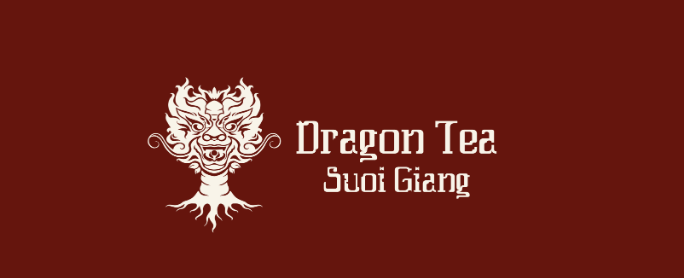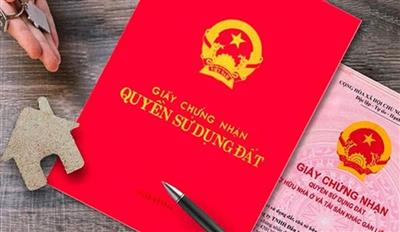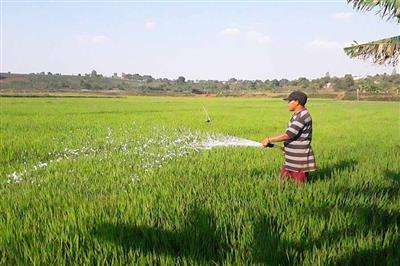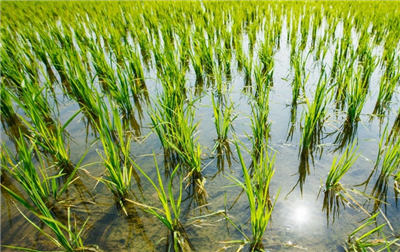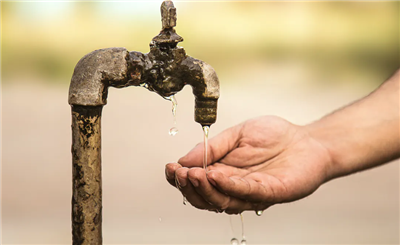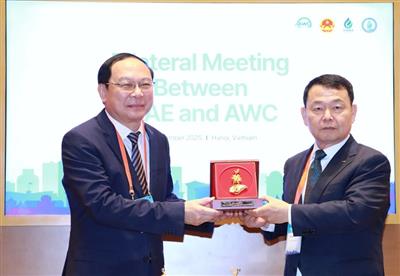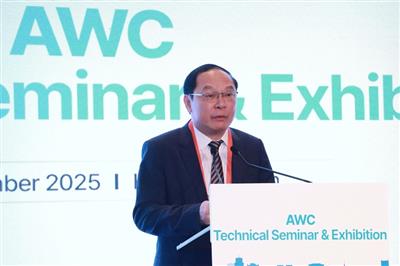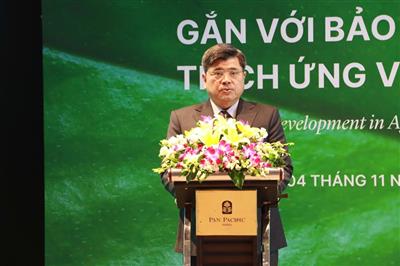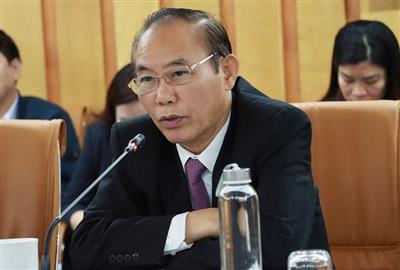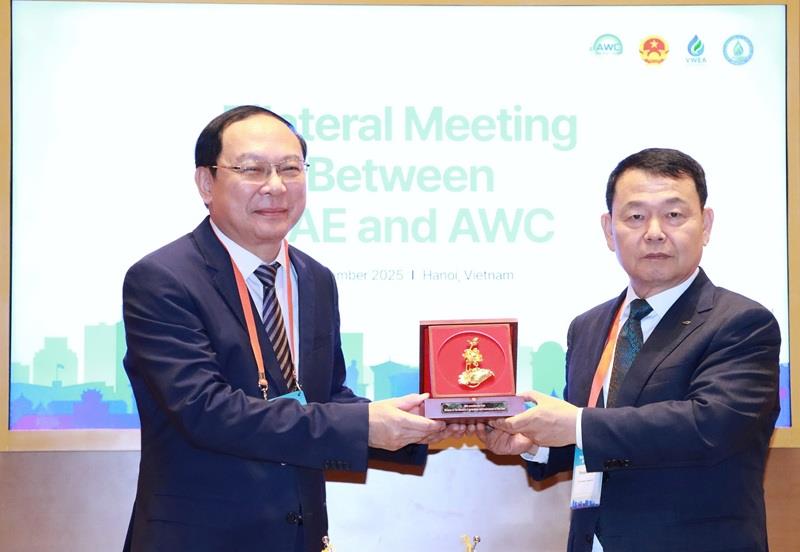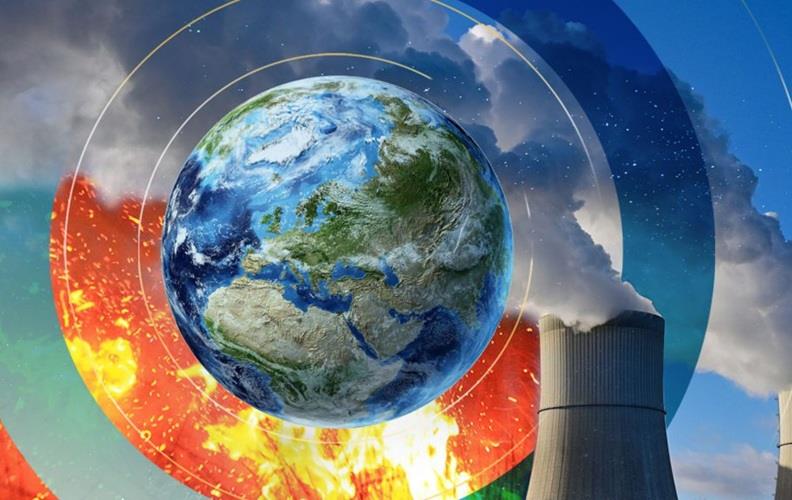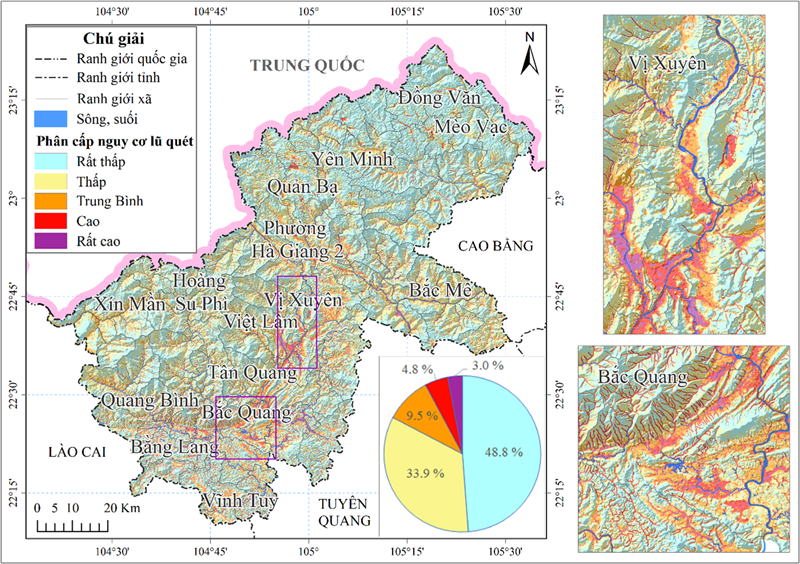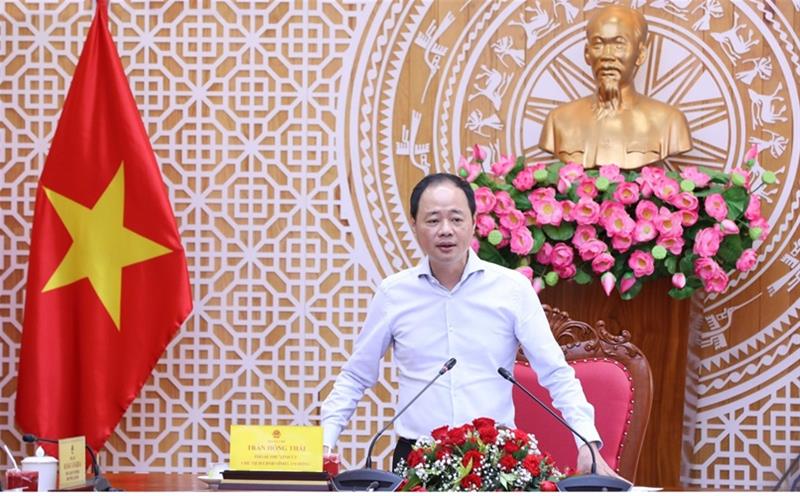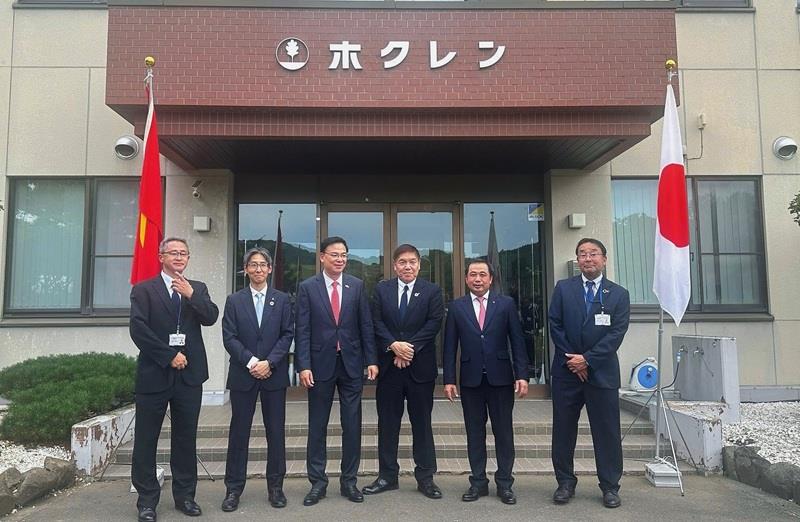
Thanh Hoa: Low-emission rice production towards carbon credit agriculture
13/10/2025TN&MTProducing low-emission rice to generate carbon credits is not only an inevitable trend but also an opportunity for Thanh Hoa farmers to enhance the value of rice grains, increase their income, and contribute to Vietnam’s commitment to achieving net-zero emissions by 2050 under COP26. Recognizing this, Thanh Hoa Province has identified low-emission rice production and carbon credit generation as both a strategic necessity and a valuable opportunity — to raise the economic value of rice, improve farmers’ livelihoods, and advance the national net-zero target.
To further clarify this strategy, Agriculture and Environment Magazine conducted an interview with Mr. Nguyen Duc Cuong, Deputy Director of the Thanh Hoa Department of Agriculture and Environment, on the province’s orientation, achievements, and solutions for scaling up low-emission rice cultivation models.
Interviewer: What are the main reasons and driving forces for Thanh Hoa to choose low-emission rice production and carbon credit generation, given that the province already has a vast rice cultivation area?
Mr. Nguyen Duc Cuong: Thanh Hoa is currently among the provinces with the largest rice-growing areas in Vietnam, with approximately 230,000 hectares cultivated annually (two cropping seasons). Amid increasingly complex and unpredictable climate change, which negatively affects all aspects of socio-economic development, Thanh Hoa’s agricultural sector has determined that it must both ensure food security and transform production methods to adapt to climate change.
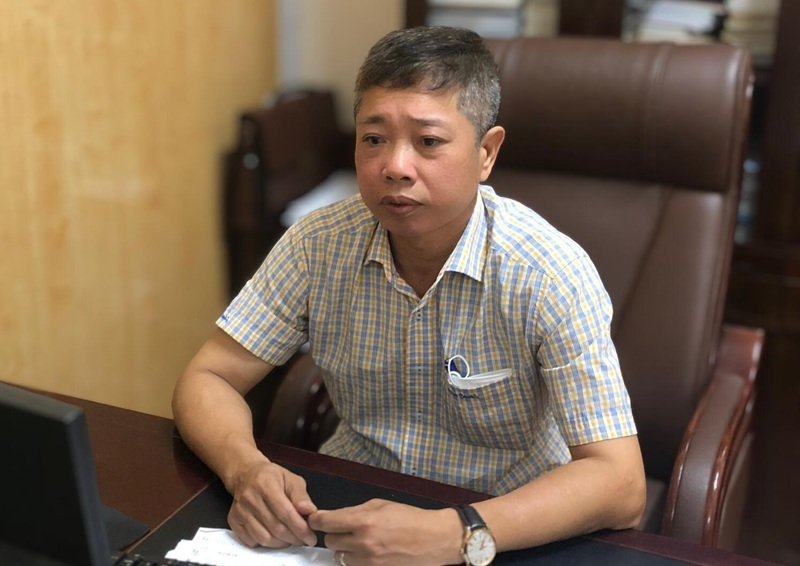
Mr. Nguyen Duc Cuong, Deputy Director of Thanh Hoa Provincial Department of Agriculture and Environment (Photo: Hoang Anh)
Rice is a vital crop, yet it is also a major source of greenhouse gas (GHG) emissions, mainly methane (CH₄) from flooded paddy fields. Therefore, choosing the pathway of low-emission rice production and carbon credit generation is a strategic orientation for the province.
Our strategy for low-emission rice production and carbon credit creation stems from three main reasons:
First, Thanh Hoa’s extensive rice cultivation area and well-developed agricultural infrastructure, including rural roads, in-field irrigation canals, and water management systems, create favorable conditions for adopting advanced technical measures such as "Alternate wetting and drying" (AWD) irrigation, the system of rice intensification (SRI), the use of short-duration rice varieties, and climate-smart fertilizer management.
These practices help reduce GHG emissions while maintaining productivity and improving rice quality.
Second, this is a dual-benefit approach for farmers. By adopting low-emission rice cultivation, farmers can save water, fertilizers, and pesticides, thereby reducing production costs. Meanwhile, carbon credit generation opens opportunities to participate in future carbon markets, providing farmers with additional income beyond the sale of rice. With the province’s large rice-growing area, Thanh Hoa has significant potential to develop low-emission rice production, obtain certification, and commercialize carbon credits, creating new and sustainable income sources for local farmers.
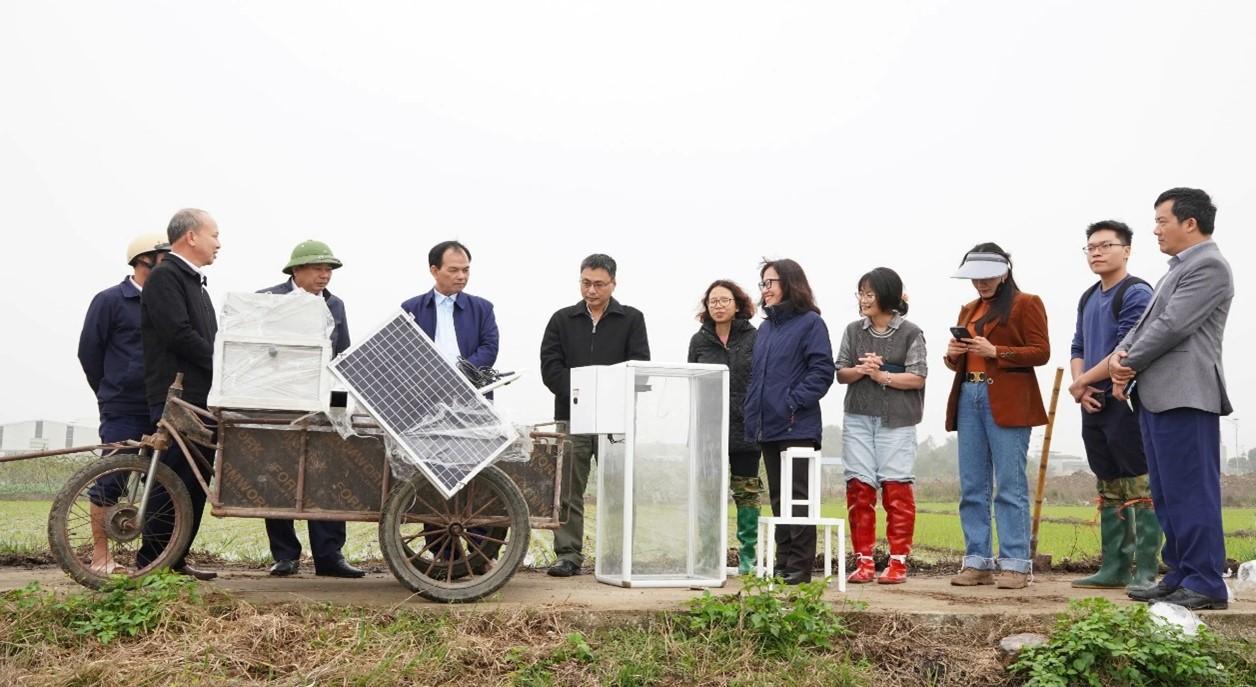
Hanoi University of Science and Technology, in collaboration with Griffith University, officially installed an artificial intelligence (AI) system to measure and collect greenhouse gas (GHG) emission data in rice production in Hoang Loc commune (former Hoang Hoa district)
Third, this is a practical step toward fulfilling Vietnam’s net-zero emission commitment made at the COP26 conference. Thanh Hoa’s agricultural sector aims not only to remain a major rice-producing region but also to become a pioneer in green and sustainable agriculture nationwide.
In other words, reducing emissions in rice production is not merely a requirement of the times. It is an opportunity for Thanh Hoa to enhance the value of its rice, protect the environment, and increase farmers’ incomes. Developing agriculture along the principles of “green, clean, circular, and multi-valued” is both our goal and strategic direction for the coming period.
Interviewer: Could you share specific results regarding the economic and environmental effectiveness, as well as the farmers’ responses to this new cultivation approach?
Mr. Nguyen Duc Cuong: Over the past years, Thanh Hoa has achieved promising initial results in implementing low-emission agricultural production models.
In 2023, Thanh Hoa was one of provinces that successfully transferred forest carbon credits through the World Bank, earning VND 162.5 billion. All 393,000 hectares of natural forest in the province participated in this transaction.

The above-mentioned low-emission crop production models involve thousands of farming households, along with cooperatives, relevant agencies, and local authorities
In 2024, the Thanh Hoa Department of Agriculture and Rural Development (now the Department of Agriculture and Environment) cooperated with the North Central Agricultural Science and Technology Institute and Green Carbon Co., Ltd. to pilot the project “Carbon credit generation in rice production” during the autumn-winter crop season, covering 100 hectares in Yen Phong commune, Yen Dinh district. The model achieved an average reduction of 4.84 tons of CO₂ equivalent per hectare, corresponding to 4.84 carbon credits per hectare.
On February 12, 2025, the Department of Agriculture and Environment of Thanh Hoa province and Faeger Co., Ltd. (Japan) signed a Memorandum of Understanding (MoU) to cooperate in implementing the project “Greenhouse gas emission reduction and carbon credit development in rice production in Thanh Hoa province.” The project covers 200 hectares in 2025, with a planned expansion to 50,000 hectares by 2030.
During the spring 2025 crop, Faeger Japan collaborated with the Thanh Hoa Agricultural Institute to pilot a low-emission rice cultivation model on 4,000 m² at the Tho Xuan crop research, Testing and Service Center, applying the AWD irrigation method. In the autumn-winter 2025 crop, larger pilot models were implemented on 150 hectares in Tay Do Commune and 20 hectares in Tho Long commune.
Also in spring 2025, the province cooperated with Green Carbon Co., Ltd. to expand the “Carbon credit generation in rice production” project to 1,315 hectares across 10 communes in Yen Dinh district (former administrative unit), and in autumn-winter 2025, to 4,300 hectares across seven communes including Yen Dinh, Yen Truong, Yen Phu, Quy Loc, Yen Ninh, Dinh Tan, and Dinh Hoa.
Thanh Hoa has also partnered with the Hanoi University of Science and Technology to pilot the model “Application of Artificial Intelligence (AI) in sustainable agricultural production” on 0.93 hectares in Hoang Loc commune and 1.07 hectares in Ha Long commune.
In addition, the province has piloted 500 hectares of low-emission sugarcane in the raw material areas of Lam Son Sugar Joint Stock Company (Lasuco). Thousands of farmers, agricultural cooperatives, and local authorities have actively participated in these models. So far, farmers have shown great enthusiasm and readiness to adopt low-emission production techniques.
Initial results show that crops in these models grow vigorously, demonstrate better resilience to external conditions, and suffer fewer pest and disease problems. Yields increased by 8–10% compared to traditional practices, while GHG emissions were reduced by 4–5 tons per hectare, equivalent to 4–5 carbon credits per hectare.
Furthermore, low-emission crop production enables farmers to better control cultivation practices, reduce input costs, and produce green, high-value agricultural products, contributing to environmental protection and climate change adaptation. This also opens opportunities for farmers to participate in domestic and international carbon credit markets, creating new and sustainable income sources for both farmers and agricultural enterprises.
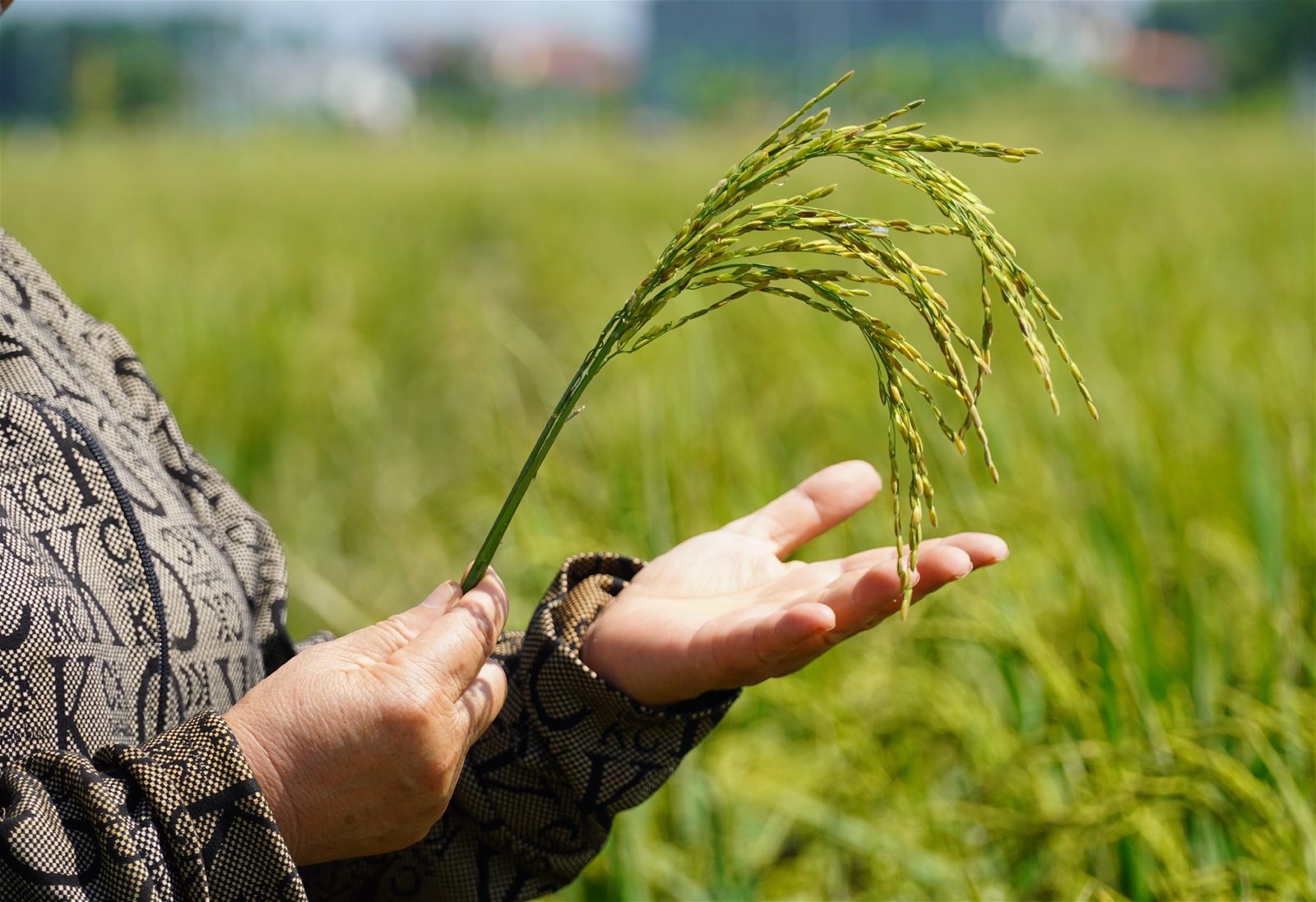
Thanh Haa aims to expand low-emission production areas for key crops, including rice (covering 100,000 hectares) and sugarcane (covering 15,000 hectares)
Interviewer: As Thanh Hoa plans to expand low-emission rice cultivation to thousands of hectares, what measures will the provincial agricultural sector take to ensure that carbon credits meet market standards and deliver long-term benefits?
Mr. Nguyen Duc Cuong: In the coming years, Thanh Hoa aims to expand low-emission production areas for key crops — 100,000 hectares of rice and 15,000 hectares of sugarcane. To achieve these targets, the provincial agricultural sector will focus on several key measures:
First, promptly and effectively implement relevant policies, programs, and institutional frameworks on green agriculture, organic agriculture, high-tech agriculture, and climate-smart agriculture, such as: the organic agriculture development scheme, the key commodity development program, the concentrated fruit crop development scheme toward 2030, and the high-tech, smart agriculture development plan to 2030.
We are also advising the provincial government on establishing mechanisms and incentive policies to promote low-emission agricultural production and carbon credit generation for key crops.
Second, develop standardized technical protocols in accordance with the guidelines of the Ministry of Agriculture and Environment, particularly through the application of advanced cultivation methods such as AWD and SRI. Standardized procedures ensure consistency, transparency, and scientific credibility in quantifying verified emission reductions.
Third, promote the use of digital technologies in monitoring, reporting, and verification (MRV). Field-based monitoring systems, satellite data, and digital management software will be deployed to accurately record emission reductions, meeting the rigorous verification requirements of both domestic and international carbon markets.
Fourth, establish a fair and transparent benefit-sharing mechanism. Farmers must be the primary beneficiaries of carbon credit revenues, thereby motivating their active participation and long-term engagement in low-emission agriculture. Model linkages will be developed as pilot examples for assessment and replication.
Fifth, strengthen cooperation with enterprises, international organizations, research institutes, and environmental funds to connect with the carbon market, mobilize investment resources for infrastructure, training, and technology transfer.
With these synchronized solutions, we believe Thanh Hoa will not only produce high-quality carbon credits that meet market standards but also ensure sustainable and long-term benefits for farmers, contributing to the province’s goal of becoming a leader in green and sustainable agricultural development.
Interviewer: Thank you for your insights!
Hoang Anh - Ngoc Huyen

